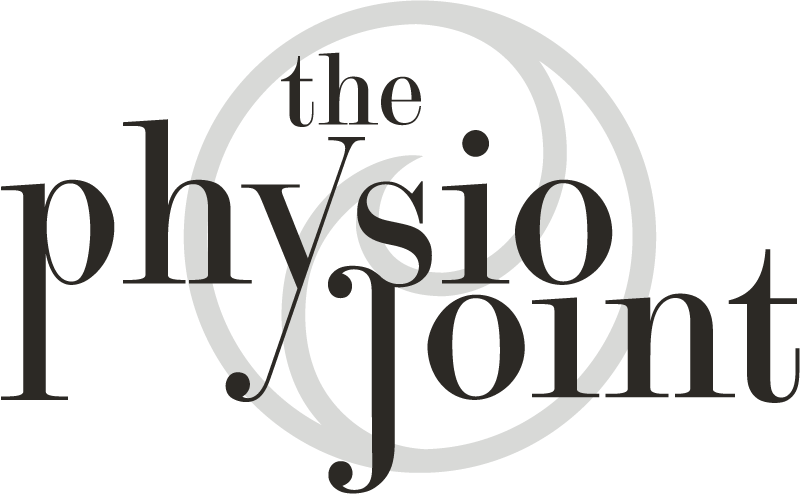‘Cervicogenic headaches is the most common form of headache and the upper neck needs to be examined, despite the diagnosis.’
– Peter J Goadsby (Eminent Neurologist in the Study of Head Pain)
Get the Neck Checked!
Research has shown the top three cervical segments and then associated soft tissue to be the cause. Lower neck tension can indirectly affect these upper neck segments. The C2/3 segment is the most common segment to refer into the head. (Bogduk et al)

Reproduction and Resolution
Migraine-like symptoms are common in cervicogenic headaches. Symptoms include, sinus pain or fullness, ear fullness, dizziness without spinning, foggy head, photophobia, phonophobia, fatigue and nausea.
Upper cervical sustained pressure at specific angles can reproduce familiar head symptoms. If these symptoms gradually decrease within 90 seconds of the sustained pressure, there is a 96% specificity of identifying cervicogenic headache. (Cummins et al).
With persistent head pain and once red flags have been excluded, consider the neck as a possible source
What To Look For In Your Assessment:
– Headache associated with neck stiffness.
- Long history which usually begins as neck stiffness.
- Each episode starts with neck tightness.
– Past history of neck trauma is common.
– Side-locked or side-dominant headache.
- Stronger on one side.
– Alternating headache.
- Can change sides with each episode.
- Can change sides within an episode.
– Triggers tend to be:
- Sleeping or lying in bed.
- Overhead arm activity.
- Driving or computer work.
Instructions For Your Patients:
– Postural advice:
- Avoid sustained bent or protruded neck or sustained rotation.
- Use a lumbar support when sitting.
- Consider standing options..
- Consider pillow.
- Do not read in bed.
– Teach active cervical spine retraction.






